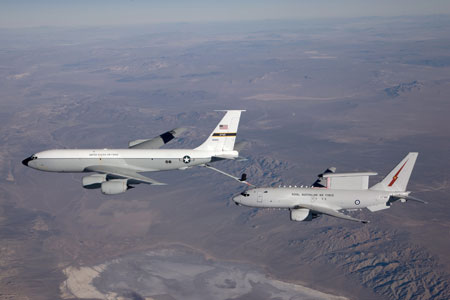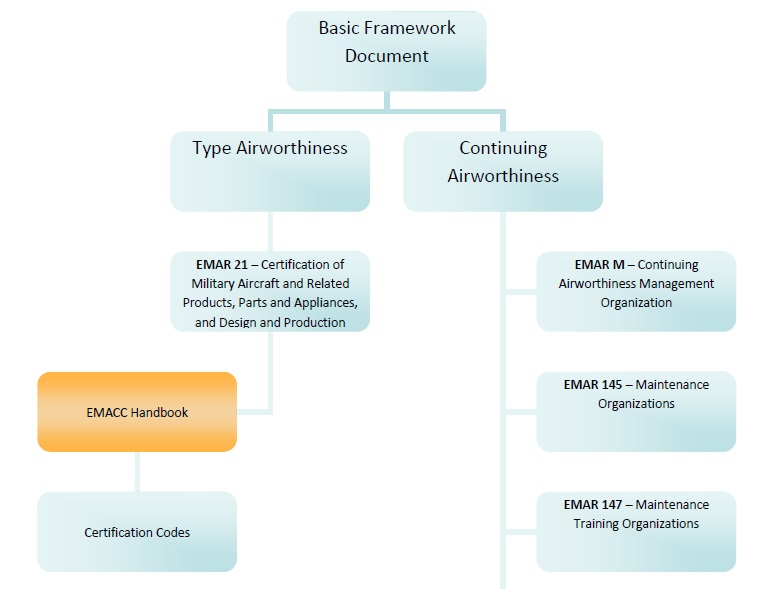Military Airworthiness Conferences: EDA and DASA
Two recent conferences have been held on the topic of military airworthiness, in Europe and Australia. Both highlight the importance of the European Military Airworthiness Requirements (EMARs), both in Europe and beyond, and the value in going further and creating a more formal ‘JAA’ style arrangement. We discuss a few of the highlights below.
EDA MAWA Conference
In October 2016 there was the 8th annual conference, organised by the European Defence Agency (EDA) Military Airworthiness Authorities (MAWA) Forum. This event in Lisbon together 120 delegates from 28 EU and non-EU nations.
In 2008 the EDA, an intergovernmental Agency of the European Council, created the MAWA Forum to help harmonise the airworthiness requirements and processes of the EDA’s 27 Participating Member States (all EU states except Denmark).
The existing MAWA Task Forces that have been developing EMARS are to transition to Advisory Groups:
- Airworthiness Regulatory Advisory Group – April 2017
- Design and Production Advisory Group – January 2017
- Maintenance and Licensing Advisory Group – June 2017
MAWA document update progress in 2016 includes:
- MAWA Document Production and Approval Process Edition 1.1
- EMAR 21 Edition including AMC and GM
- EMAD MFTP Edition 1.0
- EMAR 145 Edition 1.2 incl. AMC and GM
- EMAR M AMC and GM in progress
- EMAR Forms Edition 2.1
- EMACC update phase II – 2 out of 4 work packages will be delivered this year
- EMAD R Edition 2.0
The Military Aviation Authority of the Czech Republic commented that in setting up a multi-national helicopter training centre, the “EMAR[s] proved to be very good ‘toolbox’ for bilateral recognition”.
In the context of the Eurofighter Typhoon, the UK Military Aviation Authority said:
- Reducing resources drive the need to work together.
- Need to build trust and respect. Not only among Regulators but also with Industry.
- Harmonised regulations are a great idea, but only if used in the same way.
European industry industry association ASD further commented on the:
Remarkable progress evidenced through achievement of Mutual Recognition as fundamental basis for successful implementation of EMAR21 on Eurofighter Typhoon nations.
Meanwhile the European Aviation Safety Agency (EASA) discussed the range of military programmes they have and expect to be involved in:
In addition there are many other military types, passenger transport and helicopter types in particular, that are simply civil certified aircraft purchased from the production line.
EASA commented that:
- EASA has been a pioneer in identifying and utilising synergies between civil and military activities in several projects
- EASA involvement in military products and matters benefits both the EU industry and the end users (savings)
- The implementation of a Performance Based Environment is an opportunity for military
- In challenging times, civil-military cooperation is a key factor
The Netherlands Military Aviation Authority discussed the challenges they faced applying EMAR-21 the the Airbus A330 based Multi Role Tanker and Transport Capability (MRTTC) project.
MAA-NL has recently signed a new contract with ADSE for continued support.
ASD asked a series of questions on the possible evolution of the MAWA Initiative:
- Is there scope for a true single European Military Airworthiness Organisation that co-exists with existing NMAAs?
- What could be its scope and which generic aspects of regulation could be proposed for a central organisation?
- Could the role of EDA include involvement in outlining a strategy leading up to the formation of a European Military Airworthiness Organisation under EDA/MAWA?
- As a first step could a central organisation have its powers enhanced particularly in the areas of facilitating mutual recognition, managing organisation approvals and privileges?
- Could the EDA and MAWA Forum in its proposed new future role work towards consolidation of central tasks into that central organisation?
- Could the proposed EDA Military Coordination Cell (MACC) take the lead in developing common practices for the implementation?
ASD added:
A strategy and plan is required outlining process and timeline for EMAR implementation how to achieve mutual recognition across all pMSs, and who should lead implementation of the strategy.
ASD are committed to support the MAWA Forum and EDA in proposed future Airworthiness Coordination Configuration to achieve this task.
DASA International Military Airworthiness Regulation Conference (IMARC)
In Melbourne, Australia in November 2016, the Defence Aviation Safety Authority (DASA) held the IMARC event.
In her opening remarks Air Vice Marshal Catherine Roberts described the Australian Defence Force view on ensurance versus assurance:
The Australian Defence Aviation Safety Regulation (DASR) is being based on an EASA-like (and therefore EMAR-like) framework:
It does however have a Safety Management System (SMS) element to reflect ICAO Annex 19 that is not yet in the EMARs.
This is the latest in a series of developments in ADF military air safety:
The MAA-NL commented that a common regulatory framework:
…improves Military Safety and Interoperability and it saves a lot of time and money!
But:
Governance is fragmented addressing Military Aviation Safety in various organizations with diverse national representation at different levels arising from different responsibilities.
They went on to endorse the concept of a single European Military Joint Airworthiness Authorities Organization (EMJAAO) owning the Common Military Framework for Airworthiness.

USAF Boeing KC-135 Refuels an RAAF Boeing E-7A Wedgetail 737-700 AEW&C Aircraft During Flight Trials (Credit: Boeing)









Recent Comments